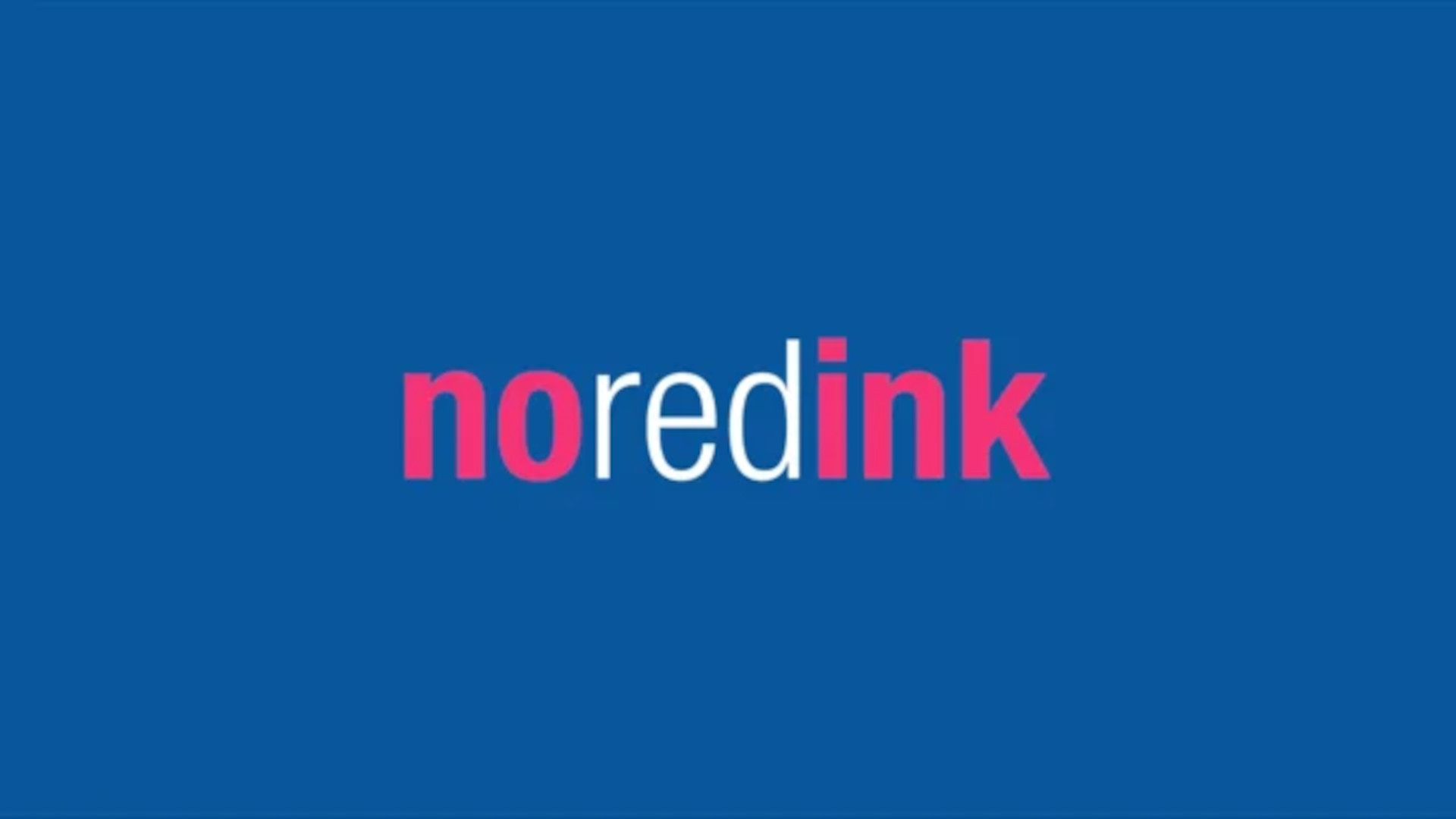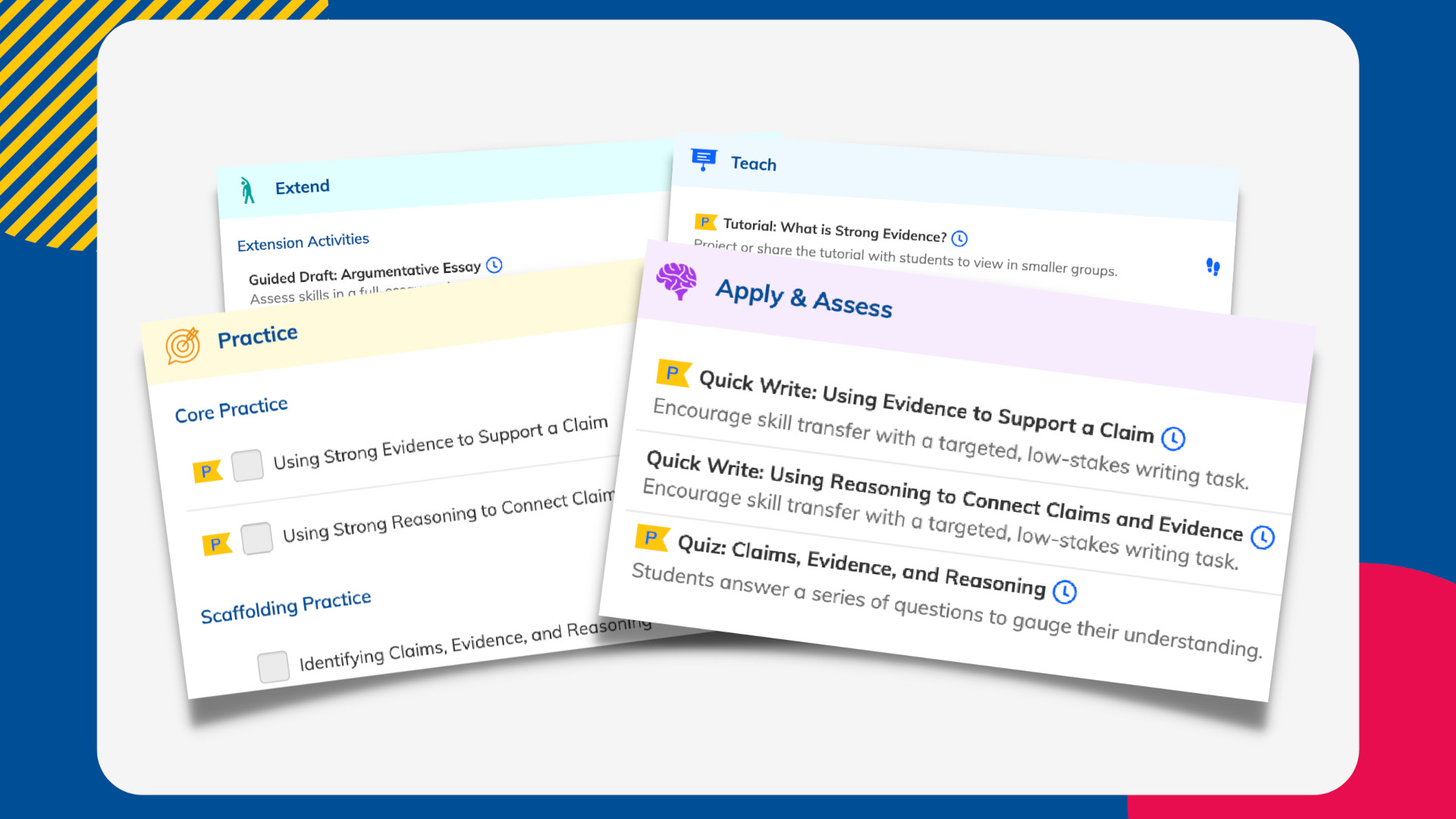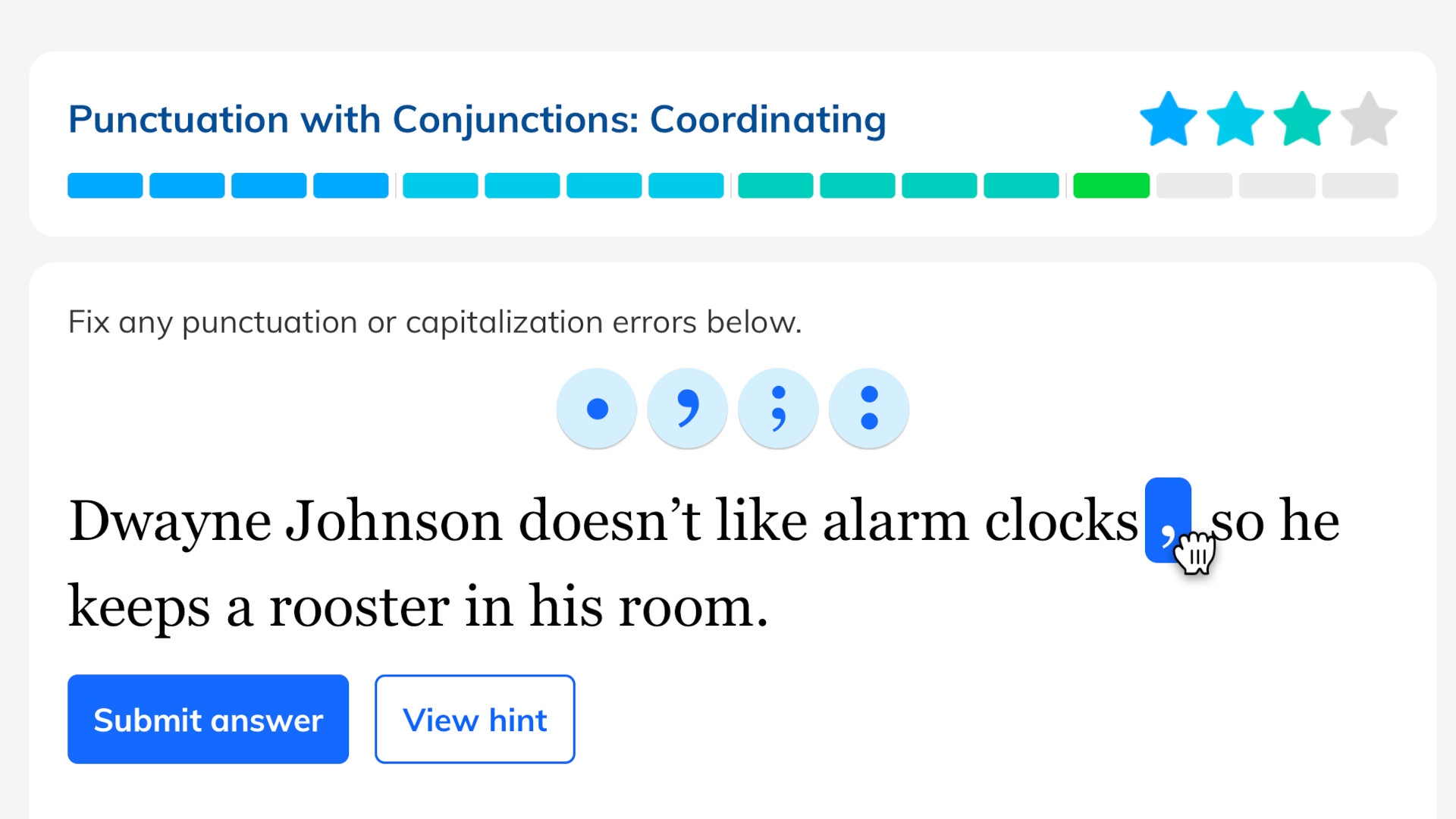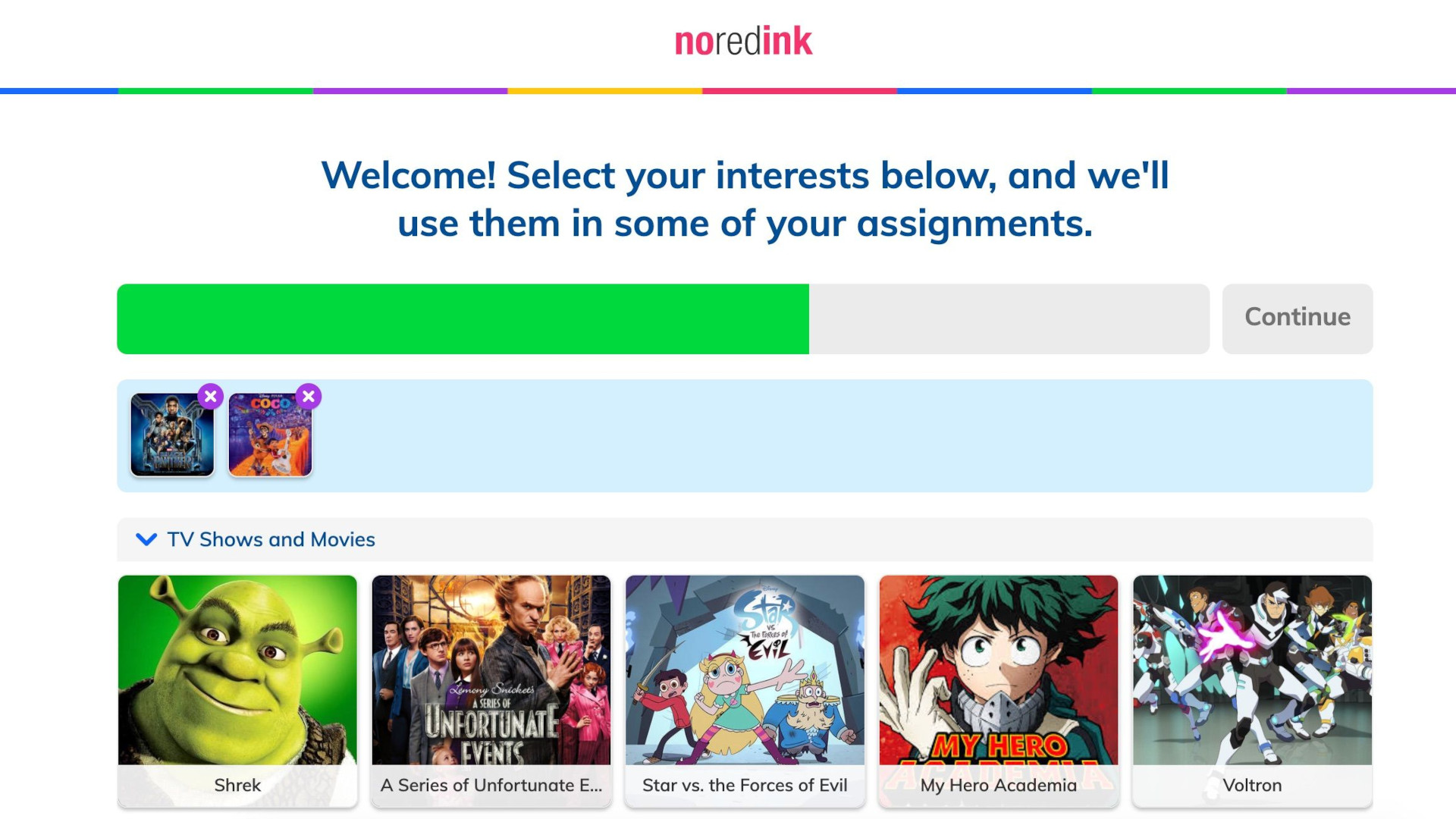
NoRedInk is a web-based platform that's designed to help teach students about good writing practices, including grammar, by doing and experiencing.
The tool is aimed at grades three to twelve and works alongside a curriculum to offer the best possible progression for students. Since it's all web-based and self-explanatory, it is easy to get going both for teachers and students.
The idea here, as the name suggests, is to place task delegation and marking all in one digital space. As such, this can be setup, monitored, and adjusted by teachers to ensure students are individually on the right trajectory.
This guide aims to lay out all you need to know about NoRedInk to see how it could work in your class.
What is NoRedInk?
NoRedInk is an ELA site and resource space to help students and teachers work together to most effectively improve writing skills.
By offering a wide variety of content, tailored to each student's likes, this is able to keep even less-focused students engaged with the learning.
Usefully, this tool has developed over time, so it offers a student-focused selection of features that have developed based on student and teacher requests. It works to offer tailored suggestions to students to help them progress through their learning.
Thanks to a teacher dashboard it is possible to set work, see results, create feedback, and plan longer term, all within one space.

How does NoRedInk work?
NoRedInk can be setup by a teacher before adding students to the class roster. Then, groups can be made in which specific skills to focus on are assigned to individual students, or the entire group, to build mastery. They are then able to login and begin their tasks set in front of them, right from within the browser on their device of choice.
Since this is tailored to the needs of each student, it can be used for for anything from introducing new skills to reinforcing one for mastery. Crucially, it can allow students to work at their own pace and with challenges to grow and progress without feeling overwhelmed.

What are the best NoRedInk features?
NoRedInk allows for a great level of personalization so it can be humorous, engaging, and genuine fun for students to use. From including their favorite celebrities, shows, or sports teams, to adding the names of friends and pets, this is very adaptive and ideal for personalized learning.
A wide variety of activity options keeps this fresh. From restructuring sentences and manipulating multi-paragraph sentences to following writing prompts, completing scaffolded essays, and doing guided reviews, or even editing work -- there is plenty of opportunity to practice skills in action.
The diagnostics are helpful to focus work to suit students needs as well as to inform in-lesson teaching. Plus, the quiz tool helps to make assessing progress an easy process.
Go for the paid version and you get the helpful curriculum-based set of tools for students to work toward a well-aligned experience. This includes extra help with revision and writing practices.

How much does NoRedInk cost?
NoRedInk offers free and premium tiers to pick from with lots covered in the basic version but some extras that can make paying worthwhile.
The Free version gets you personalized content for students, a teacher dashboard, quiz activities, and lots of styles of written learning content that is scalable and works with the curriculum.
Go for the Premium version and you get full access to thousands of skills exercises, writing prompts, guided composition tools and reporting features. In addition, there are prompts and rubrics from ACT, SAT, AP, state tests and more. Standards-aligned benchmark assessments, evaluated tracking and dynamic usage reports for admins are also included.
NoRedInk best tips and tricks
Class-wide
Start by performing a task as a class so everyone understands how it works before setting individually adapted tasks.
Group targets
Tailor work to individuals but tailor goals for groups so you can address these in class without needing to see each student separately.
Revision
Use this tool as a part of revision, with exam and project goals in mind, as targets for learning outcomes.







